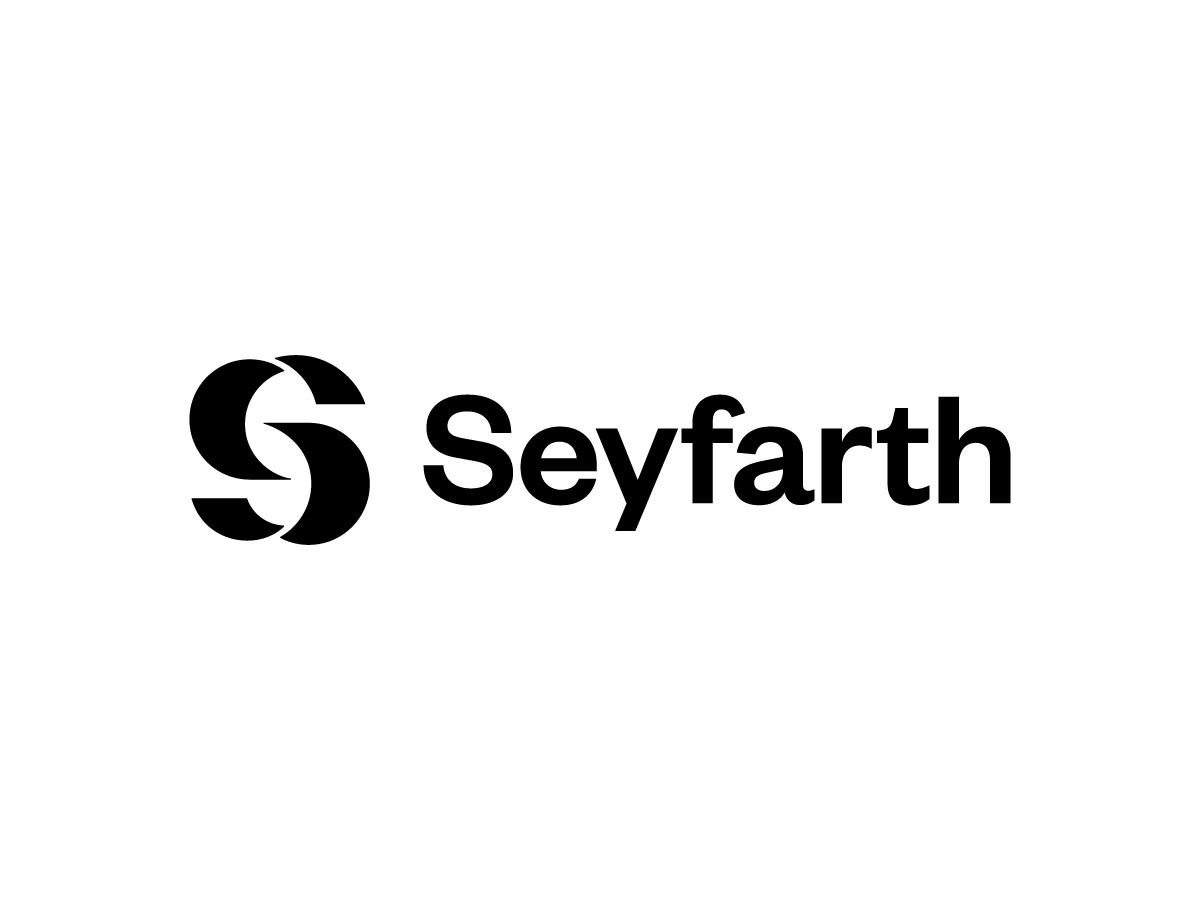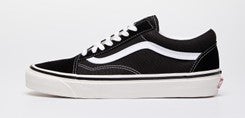At Least One Reason to Look Up: Celebrating 4th of July with Drone Light Shows | Seyfarth Shaw LLP
This 4th of July, look up and you might notice something spectacularly different lighting up the night sky. The days of stunning displays that relied solely on the crackle and pop of fireworks are numbered. In a remarkable twist of technology, drone light shows are offering a breathtaking alternative.
Imagine a fleet of hundreds, even thousands, of drones, each equipped with vibrant LEDs, dancing in perfect harmony. They swoop, swirl, and form intricate patterns, spelling out words, and creating shapes that tell a story against the backdrop of the night. These shows are made possible by advanced technologies like those described in US Patent 10,602,591, which covers a mechatronic transforming luminaire swarm system. This system allows drones to move autonomously, creating dynamic and customizable displays far beyond the capabilities of traditional fireworks.
Claim 1 of the ‘591 patent describes a robotic agent swarm system comprising first robotic luminaire agents and at least one control processor. Each agent has a suspension configured to hold the agent against an architectural surface, and includes a propulsion motor, communication system, power supply, and light source. The control processor transmits operating instructions to the agents, enabling them to move holonomically—essentially allowing for seamless, multi-directional movement. This system ensures precise and synchronized light displays, bringing intricate and fluid choreographies to life in the sky.
Interestingly, the use of the term “at least one control processor” in this patent is crucial. Prior to April 2023, some practitioners may have used “a control processor” instead of “at least one control processor” because the indefinite article “a” was generally interpreted broadly as not limited to one item. However, this changed in April 2023 when Salazar v. AT&T Mobility LLC (Fed. Cir. 2023) held that “a microprocessor” was limited to a single microprocessor due to subsequent references to “said microprocessor.”
By specifying “at least one control processor,” the ‘591 patent avoids this limitation, future-proofing the patent against competing devices that may use multiple processors. This clarity ensures that the claims cover systems with one or more control processors, thus broadening the scope of the patent and its potential applications.
These legal nuances serve as a reminder of the importance of drafting patent specifications and claims with precision. A well-crafted specification should clearly support claim terms, especially those that could be interpreted as singular or plural. The specification should also provide details on specific functions of the processors. For example, if there are multiple processors, do they each perform a different function or do they work together to perform a single function? This clarity helps prevent ambiguity in claim interpretations. Additionally, while broad claims aim to achieve wide coverage, its important to ensure that the claim language is backed by a clear and detailed specification to withstand litigation scrutiny. Including solid boilerplate language and carefully crafted dependent claims can further clarify the scope and reinforce the desired interpretation of claim terms.
As you enjoy the spectacle of drone light shows or traditional fireworks, keep in mind two things: First, those firework photos rarely capture the magic (we’re still testing this theory with drone shows). Second, the evolving field of patent law is key to advancing these technologies. Finally, we hope your 4th of July is filled with at least one hot dog, at least one cold beverage, and at least one dazzling night time display (drone and/or firework).






